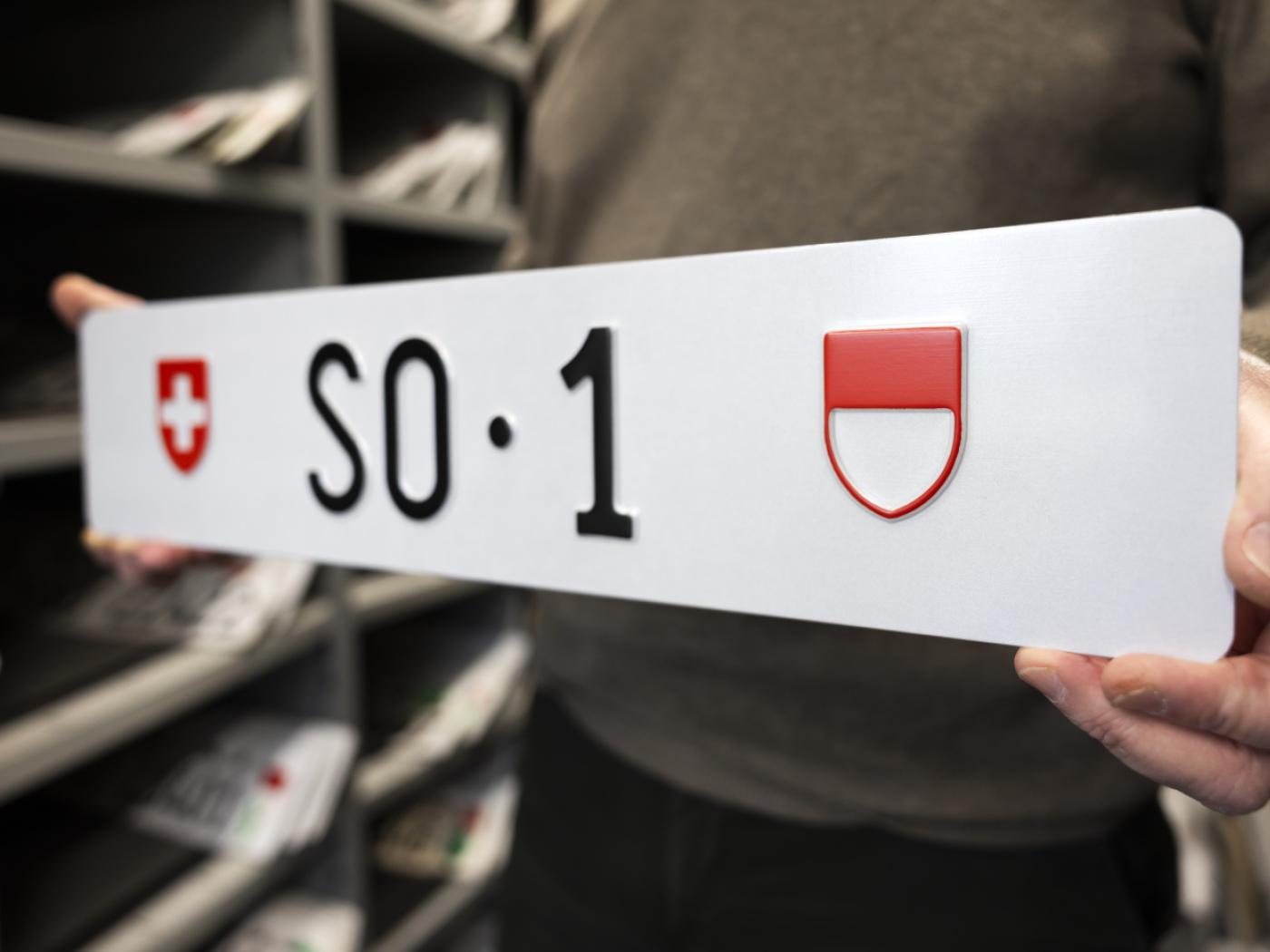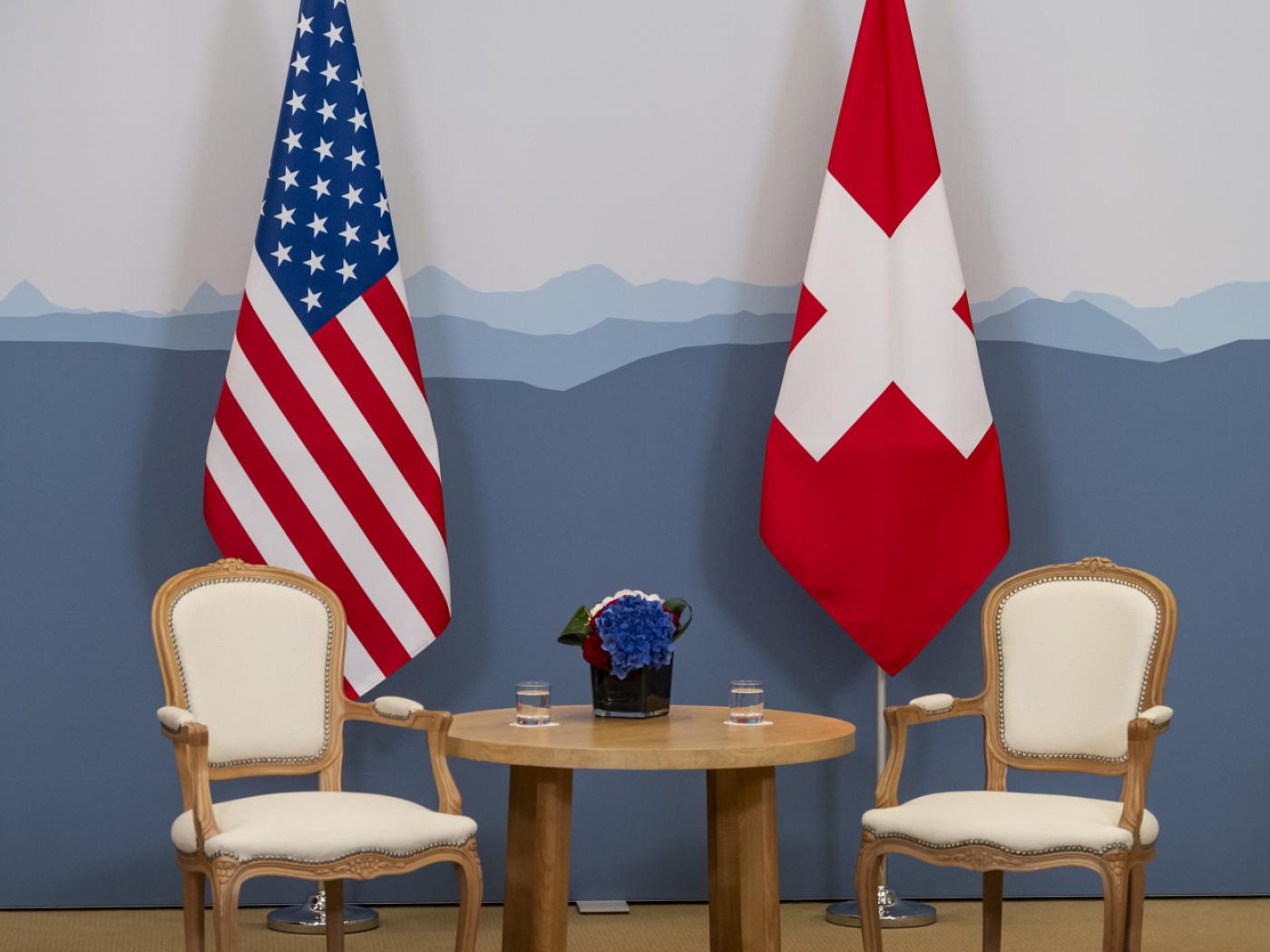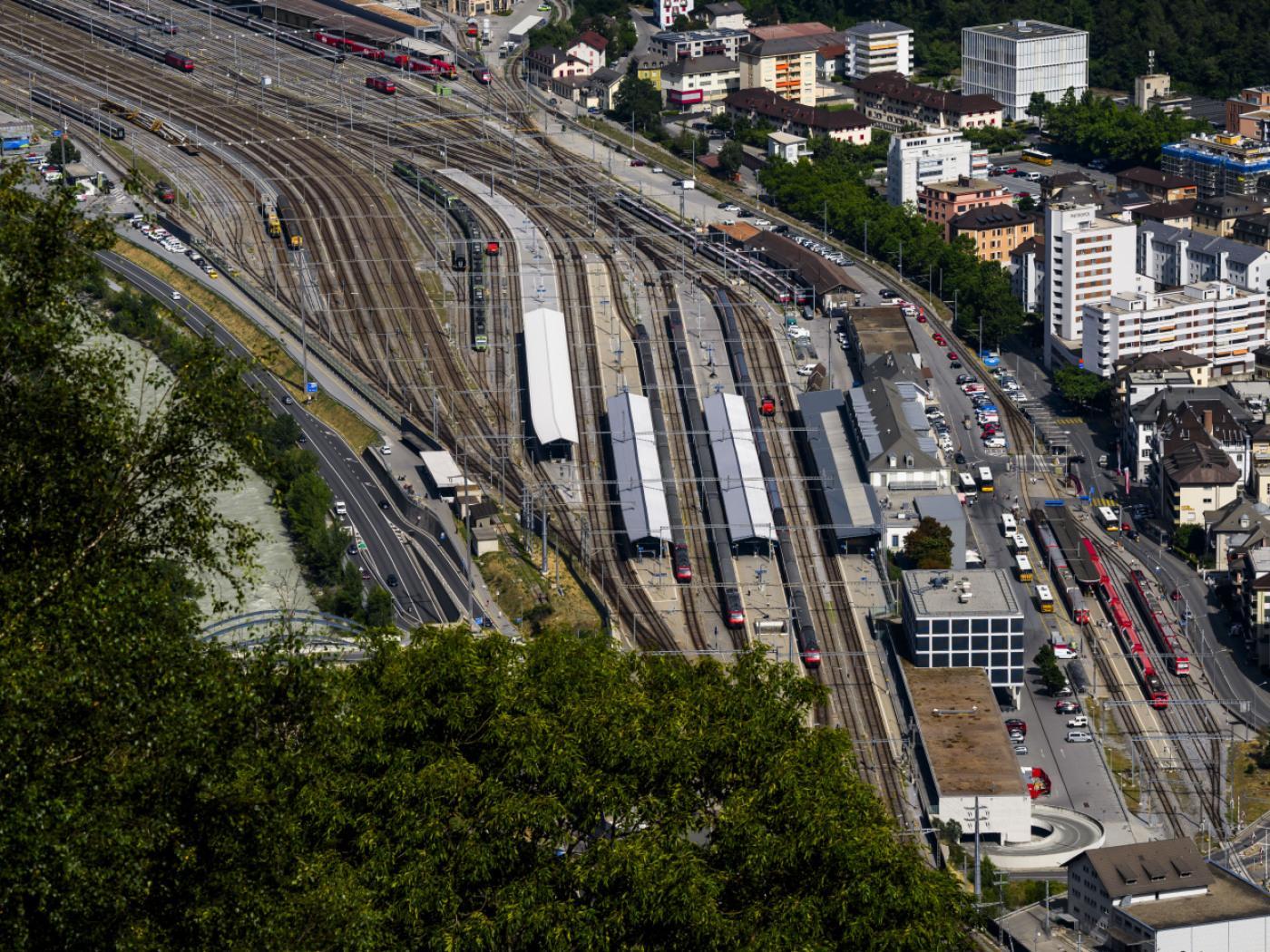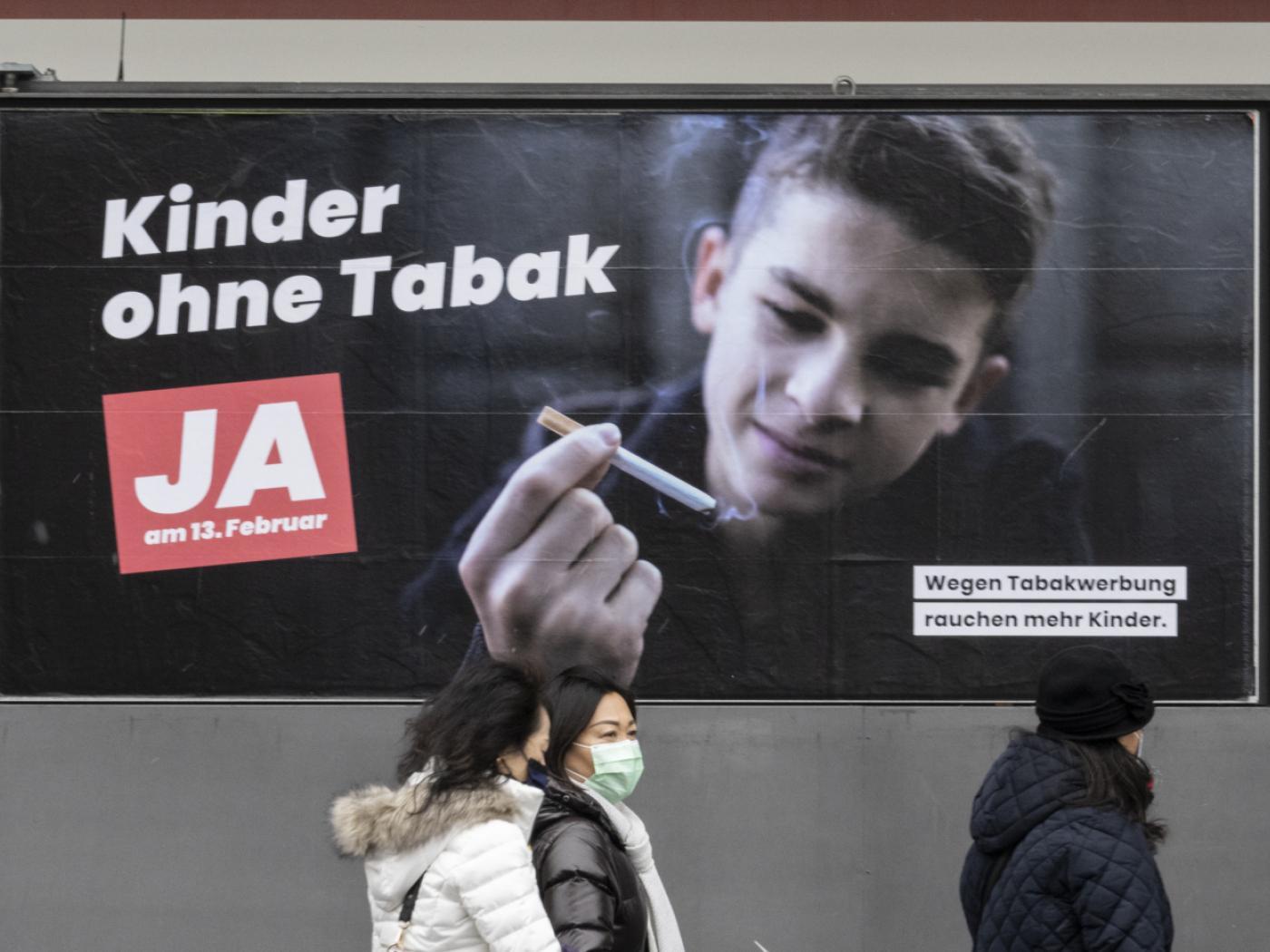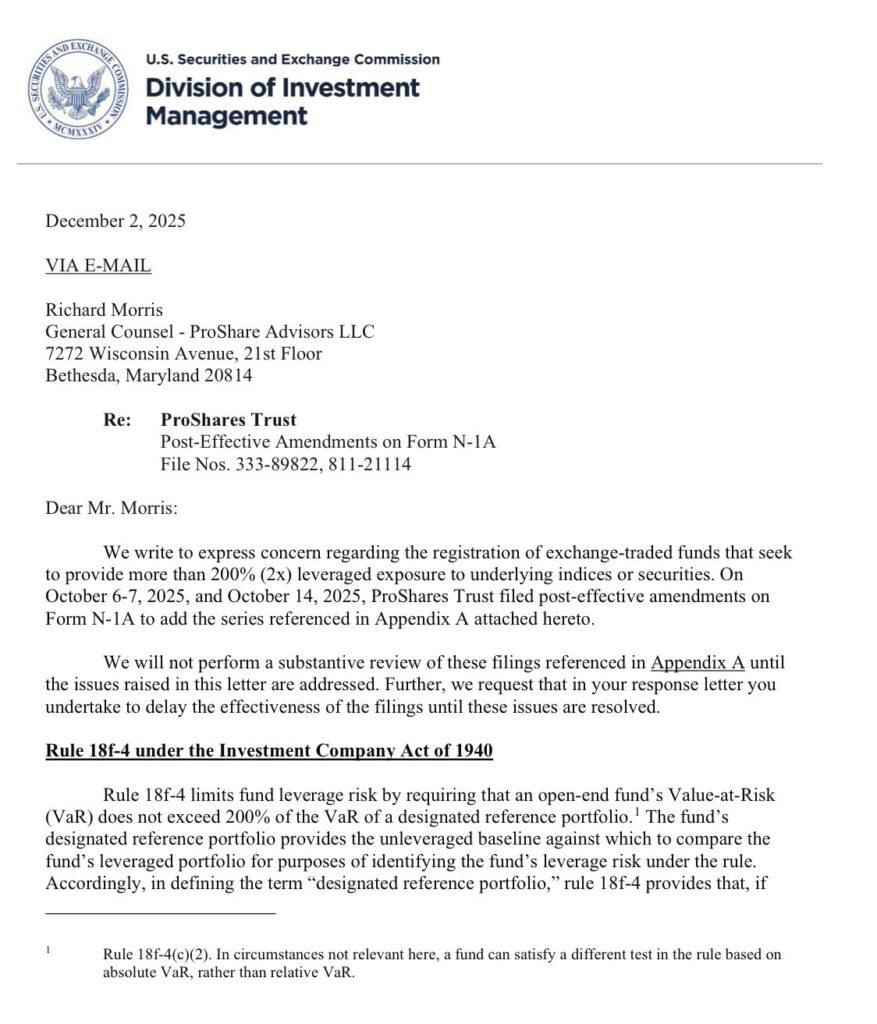- The dollar continues to climb; one of side-effects of the virus has been a swelling of the amount of negative yielding debt globally
- The US primary season got off to a rocky start for the Democrats
- During the North American session, December factory orders will be reported; the US economy remains strong
- The UK reported January construction PMI
- The RBA held rates at 0.75%, as expected; Korea January CPI came in hot at 1.5% y/y
 The dollar is mixed against the majors as some risk appetite returns to global markets. Nokkie and Aussie are outperforming, while yen and Swissie are underperforming. EM currencies are mostly firmer. ZAR and KRW are outperforming, while SGD and RON are underperforming. MSCI Asia Pacific was up 1.1% on the day, with the Nikkei rising 0.5%. MSCI EM is up 1.7% so far today, with the Shanghai Composite up 1.3%. Euro Stoxx 600 is up 1.1% near midday, while US futures are pointing to a higher open. 10-year UST yields are up 4 bp at 1.57%, while the 3-month to 10-year spread is up 4 bp to stand at 1 bp. Commodity prices are mostly higher, with Brent oil up 0.8%, copper up 2.2%, and gold down 0.4%.
The dollar is mixed against the majors as some risk appetite returns to global markets. Nokkie and Aussie are outperforming, while yen and Swissie are underperforming. EM currencies are mostly firmer. ZAR and KRW are outperforming, while SGD and RON are underperforming. MSCI Asia Pacific was up 1.1% on the day, with the Nikkei rising 0.5%. MSCI EM is up 1.7% so far today, with the Shanghai Composite up 1.3%. Euro Stoxx 600 is up 1.1% near midday, while US futures are pointing to a higher open. 10-year UST yields are up 4 bp at 1.57%, while the 3-month to 10-year spread is up 4 bp to stand at 1 bp. Commodity prices are mostly higher, with Brent oil up 0.8%, copper up 2.2%, and gold down 0.4%.
The dollar continues to climb. DXY has clawed back all of Friday’s loss and needs to break above the 97.869 area to set up a test of last Wednesday’s cycle high near 98.188. The euro remains heavy after the failed test of the $1.11 area, as does sterling after the failed test of the $1.32 area. This week’s data so far confirm our view that the US economy remains in strong shape and that any notions of Fed easing are overdone. We remain bullish on the dollar.
One of side-effects of the virus has been a swelling of the amount of negative yielding debt globally. The combination of greater economic risks and demand for hedging market risk has driven the total amount of negative yielding debt back to almost $14 trln from about $11 trln earlier in the year. As a proportion of investment grade debt (using the Bloomberg Barclays Global Aggregate Index), this represents around 24% of the total outstanding. This move also looks a bit exaggerated to us, but not as much as the amount of additional rate cuts that have been priced into rate curves of the major central banks.
AMERICAS
The US primary season got off to a rocky start for the Democrats. While President Trump was declared the winner of the Republican caucus last night, local Democratic leaders were plagued by problems reporting their caucus results to state officials. As of this writing, that outcome has not been made public due to “inconsistencies” in reporting from some precincts. Press reports suggest widespread problems with the mobile app that was created to report the results to the Iowa Democratic Party.
During the North American session, December factory orders will be reported and are expected to rise 1.2% m/m. Yesterday, January ISM manufacturing PMI and auto sales came in firmer than expected. After the big miss for Chicago last week (42.9 vs. 48.9 expected), the ISM reading was particularly reassuring, as it rose to 50.9 vs. 48.5 expected and 47.2 in December. This was the first reading above the 50 boom/bust level since July as new orders, employment, and prices paid components all rose. It appears that the US manufacturing sector is finally emerging from last year’s slump. Elsewhere, auto sales rose at a 16.84 mln annualized rate vs. 16.8 mln expected and 16.7 mln in December. This suggests another solid reading for headline retail sales.
The US economy remains strong. Advance Q4 GDP came in last week at 2.1% SAAR and that strength appears to be carrying over into 2020. The Atlanta Fed’s GDPNow model now estimates Q1 GDP growth at 2.9% SAAR, up from 2.7% previously, while the NY Fed’s Nowcast model estimates Q1 GDP growth at 1.6% SAAR. While these early reads are far apart and subject to significant revisions, we are clearly far from recession and the Fed is right to maintain steady rates for now and assess how the outlook unfolds in 2020.
Yet the US 3-month to 10-year curve continues to flirt with inversion. The US economy is nowhere near recession and we think the bond market is wrong here. The rates market still sees a high chance of the Fed easing this year, though the strong data yesterday has helped push back expectations somewhat. Bloomberg WIRP now suggests a full cut is priced in by the September 16 meeting vs. July 29 previously, and no longer fully prices in a second full cut by the December 16 meeting.
EUROPE/MIDDLE EAST/AFRICA
The UK reported January construction PMI. It rose to 48.4 vs. 47.1 expected and 44.4 in December. Services and composite PMI readings will come out Wednesday. Despite this small bounce in January, we see continued softness in the data, along with an eventual BOE rate cut this year. Sterling remains heavy, trading further below $1.30 to the lowest level since December 25 near $1.2940 before bouncing. Some levels to look out for ahead are the December 23 low near $1.2905, the November 22 low near $1.2825, and then the November 8 low near $1.2770.
ASIA
The RBA held rates at 0.75%, as expected. It adopted a “glass half full” approach as Governor Lowe noted “in the short term, the bushfires and the coronavirus outbreak will temporarily weigh on domestic growth.” Given the level of uncertainty and potential impact of these events, this may prove to be too optimistic and many (including us) believe more easing is likely come later in the year. Implied rates are suggesting about one and a half rate cuts this year, with the first one fully priced in by July. This is about twice as much easing as was priced in at the start of the year. But for now, the Australian dollar is outperforming, up 0.4% against the US dollar today after falling some 4.5% since the start of the year.
Korea January CPI came in hot at 1.5% y/y vs. 1.0% expected and 0.7% in December. Inflation the highest since November 2018 but still below the 2% target. Next Bank of Korea meeting is February 27. While the bank sounded upbeat at its last meeting, we think it will have to recognized growing downside risks to the region from the spread of the coronavirus. However, given this spike in inflation, however, the bank will likely maintain a wait and see approach for now.
Full story here Are you the author? Previous post See more for Next postTags: newsletter,Uncategorized
























